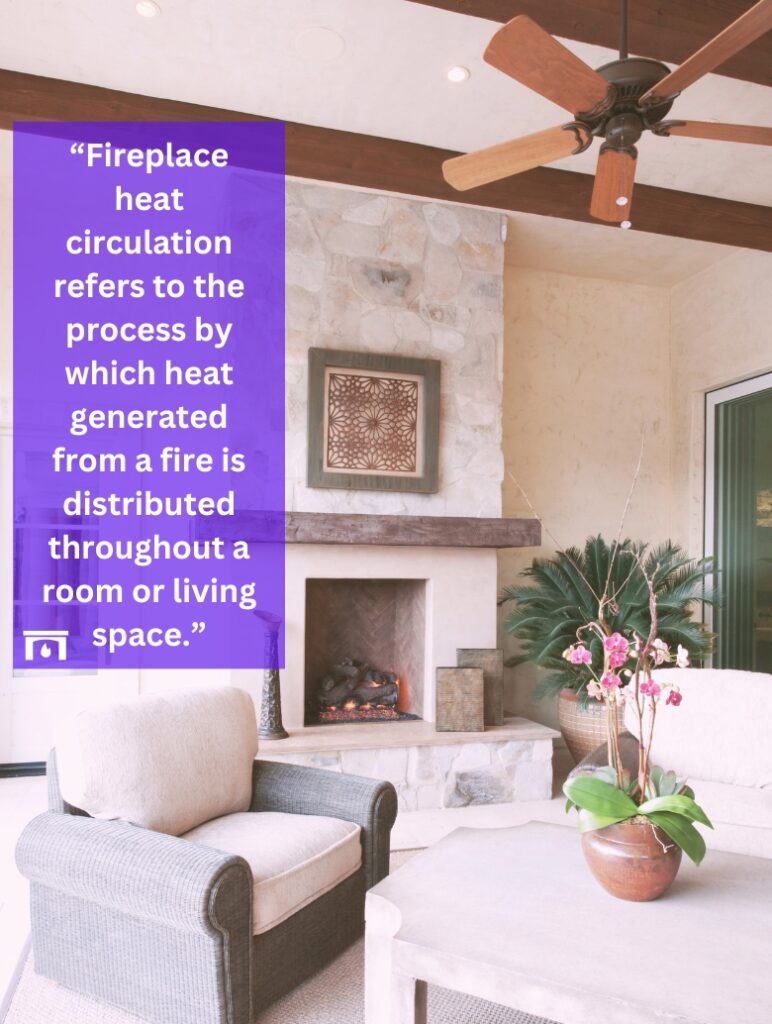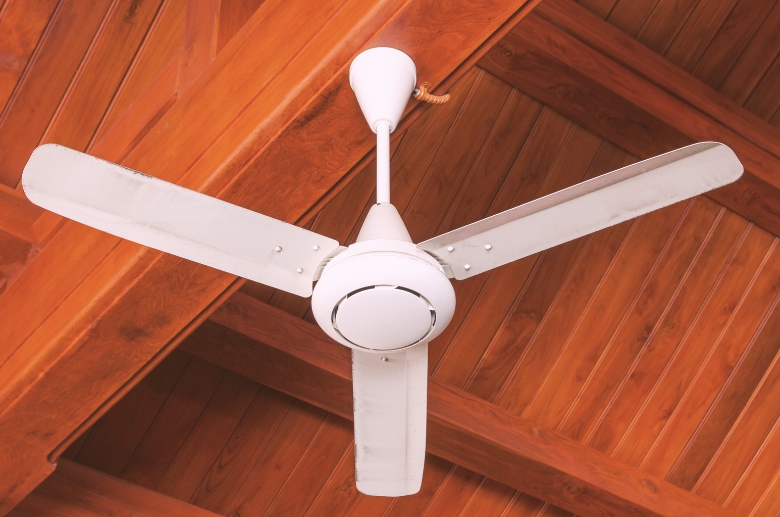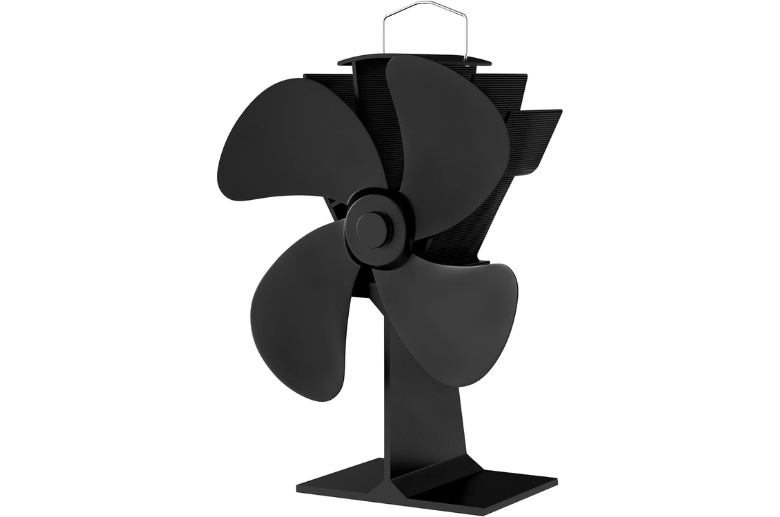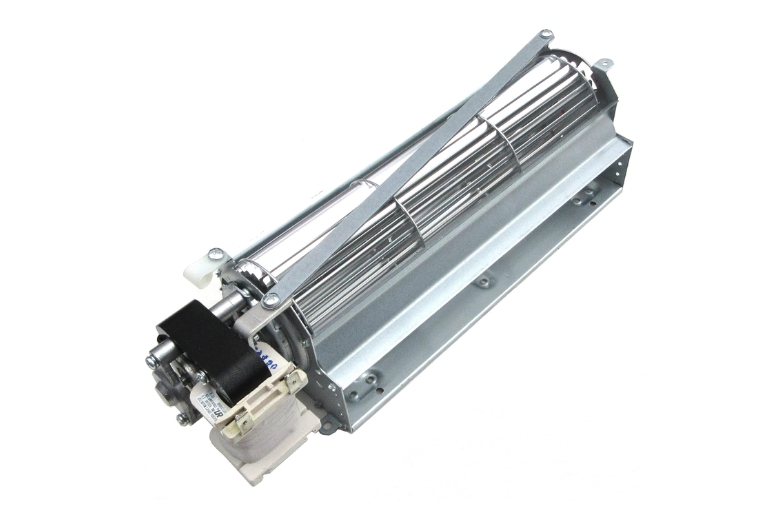Optimizing fireplace heat circulation is crucial for enhancing warmth and comfort in your living space. While a roaring fire can create a cozy ambiance, ensuring that the heat generated reaches every corner of the room is equally important.
In this guide, we’ll explore five proven methods on how to circulate heat from fireplace, maximizing its efficiency and making your home more comfortable during the colder months.
From simple adjustments to strategic furniture placement and the use of specialized tools, these practical tips will help you harness the full potential of your fireplace, keeping your living spaces warm and inviting.
What Is Fireplace Heat Circulation and How Does It Work?

Fireplace heat circulation refers to the process by which heat generated from a fire is distributed throughout a room or living space. In traditional fireplaces, only about 15% of the heat produced is effectively radiated into the room, primarily due to inefficient designs.
Heat travels through three main mechanisms: convection, radiation, and conduction.
- Convection: Convection involves the movement of warm air as it rises and displaces cooler air.
- Radiation: Radiation is the emission of heat in the form of electromagnetic waves, directly warming objects in its path.
- Conduction: Conduction is the transfer of heat through direct contact between materials.
Common challenges in heat circulation include poor insulation, limited airflow, and inefficient venting. The design of a fireplace significantly impacts how hot it can get and its distribution of heat, with factors like size, shape, and materials influencing how effectively warmth is spread throughout the space.
Lastly, enhancements such as heat exchangers, blowers, or strategic placement of reflective surfaces can optimize heat circulation in fireplaces.
How to Circulate Heat from Fireplace
By employing strategic methods, you can generate heat effectively. Here’s how.
1. Arranging Furniture for Optimal Heat Flow

Position seating arrangements in a way that allows warm air to flow freely, ensuring that heat reaches all corners. Avoid blocking heat sources and vents with furniture, as this obstructs the natural movement of heated air.
Maintain an open layout, allowing the warmth to disperse evenly throughout the space. By thoughtfully arranging furniture, you not only enhance the comfort of your living area but also optimize the effectiveness of your fireplace as a heating source.
2. Using Ceiling Fans to Distribute Warm Air

Ceiling fans can be effective tools in enhancing heat circulation from a fireplace, promoting a more even distribution of warmth throughout the room. The rotational direction of the fan blades plays a role in this process.
In colder months, set the fan to rotate clockwise at a low speed to push warm air downwards. This gentle circulation prevents hot air from accumulating near the ceiling.
Adjusting the fan’s speed and direction, preventing drafts, and maintaining a cozy atmosphere can achieve optimal results. Strategically placing fans around the room can maximize heat distribution and make the fireplace more efficient in warming the space.
3. Installing a Heat-Powered Fan

Heat-powered fans harness the magic of thermoelectric technology. A base plate sits directly on your fireplace mantel or hearth, capturing the radiating heat. This heat travels through the base to special thermoelectric generators (TEGs) inside the fan.
These TEGs convert the temperature difference into tiny electrical currents, enough to power the fan blades and send warm air sailing outwards.
Ready to install? Follow these steps:
- Choose your champion: Look for a fan with high-quality blades and efficient TEGs. When selecting the fan’s power output, consider the size of your fireplace and desired air circulation.
- Prep the stage: Locate a clear, flat surface on your mantel or hearth for the fan’s base. Ensure it’s not directly in the firing path or touching any flammable materials.
- Fan placement matters: Position the fan at the back of your fireplace, roughly in the center. This optimal spot allows the blades to draw warm air rising from the firebox and propel it into the room.
- Fire up the assembly: Most fans simply sit on the chosen surface. No installation is required! However, some models might have a locking mechanism or securing bracket for added stability.
- Sit back and relax: As your fire warms up, the fan base will heat up, too, triggering the TEGs and setting the blades in motion. Soon, you’ll feel the sweet, even distribution of warmth throughout your space.
4. Using Accessories for Heat Circulation from Fireplace
Maximizing the heating potential from a fireplace often requires additional accessories to circulate and distribute warmth effectively.
Here are some accessories that can significantly improve heat circulation from your fireplace:
Installing a Fireplace Grate Heater
A fireplace grate heater features a metal grate with a built-in heater that sits inside the fireplace.
Grate heaters work by drawing in cool air from the room, passing it through the heated metal grate, and then releasing the warmed air back into the space. To maximize their effectiveness, consider the following installation tips based on different fireplace configurations.
For traditional open-hearth fireplaces, ensure that the grate heater fits securely. In zero-clearance or prefab fireplaces, choose a model specifically designed for such setups to ensure proper airflow and heat distribution.
Install an Inflatable Fireplace Plug
An inflatable Fireplace plug is a balloon-like device that sits inside your fireplace flue. When inflated, it seals the opening, preventing cold air from entering your home through the chimney. This can significantly improve fireplace efficiency and keep your room warmer during operation.
So, how does it affect heat circulation?
Think of your fireplace as a two-way street for air. When it’s not in use, cold air can naturally flow down the chimney and into your living space like an unwelcome guest.
An inflatable plug/damper acts as a bouncer at the flue’s entrance. Once inflated, it creates a barrier, stopping this cold air from descending. This trapped air stays warm, allowing your fireplace to heat your home more effectively and preventing those unwelcome chills.
Installing Fireplace Doors
Installing sealed fireplace doors is crucial for preventing drafts and ensuring that the heat produced stays within the room. Make sure the doors are properly fitted and sealed all the way around to eliminate any gaps that could allow cold air to infiltrate.
Adding a Fireplace Blower

Fireplace blowers are designed to enhance heat circulation by distributing warm air more efficiently. These blowers typically consist of a fan that forces the heated air into the room.
Installation instructions vary based on the type of blower and fireplace, so follow the manufacturer’s guidelines for optimal results.
5. Enhancing Heat Absorption with Reflective Materials
Lastly, incorporating reflective materials can maximize a fireplace’s efficiency and improve heat absorption. Traditional fireplaces often dissipate a significant amount of heat, and optimizing the reflective properties can enhance the overall warmth generated.
One method involves strategically placing heat-resistant materials within the fireplace. These materials not only withstand high temperatures but also reflect and amplify the heat produced.
By doing so, the radiant heat is redirected back into the room, preventing unnecessary heat loss and ensuring a more effective heating process. This is particularly beneficial as a fireplace typically consumes 5 to 10 times more air for combustion than is necessary for home ventilation.
Additionally, installing reflective panels or inserts in the fireplace can significantly improve its efficiency. These panels are designed to reflect heat outward, preventing it from being absorbed by the surrounding masonry.
As a result, the room experiences a more consistent and intensified heat output.
What are the Benefits of Having Good Heat Circulation in a Fireplace?
A captivating fire may be the heart of a cozy setting, but it’s good heat circulation that truly pumps warmth into your home. Beyond the visual delight, optimizing how your fireplace distributes heat unlocks multiple benefits, making your fire-lit evenings even more enjoyable.
Let’s explore the advantages of effective heat circulation:
Warms Up a Room Quickly, and the Heat Lasts Longer
Good heat circulation in a fireplace ensures that warmth spreads evenly throughout the room, promoting a quicker and more effective heating process. Efficient circulation prevents localized hotspots, providing a comfortable and cozy environment.
When the heat is distributed uniformly, it tends to linger for an extended period, offering sustained warmth even after the fire has subsided. This not only enhances the space’s immediate comfort but also reduces the need for constant refueling, contributing to a more convenient and enjoyable heating experience.
More Energy Efficient
Efficient heat circulation significantly boosts the energy efficiency of a fireplace. By facilitating the even distribution of warmth, heat wastage is minimized, and the utilization of the fuel source is maximized. This improved efficiency translates to lower energy consumption and reduced fuel costs.
Additionally, a well-circulated heat environment reduces the reliance on supplementary heating sources, promoting a more sustainable and eco-friendly heating solution.
Improved energy efficiency benefits the user’s pocket and aligns with environmentally conscious practices, making it a valuable aspect for those seeking cost-effectiveness and sustainability in their heating systems.
Reduces the Need for Other Heat Sources
Good heat circulation in a fireplace ensures efficient distribution of warmth throughout a space, reducing reliance on additional heating sources. By evenly dispersing heat, it optimizes the fireplace’s heating capabilities, minimizing the need for supplementary heaters or alternative heating methods.
Uses Fewer Resources
Efficient heat circulation in a fireplace maximizes the utilization of available fuel, resulting in a more resource-efficient heating system. Proper air circulation ensures that the fuel burns efficiently, extracting more heat from each unit of resource.
This not only conserves energy but also promotes sustainability by reducing the overall consumption of wood, pellets, or other fuel sources, making the fireplace a more eco-friendly heating option.
How To Maintain Your Fireplace for Efficient Heat Circulation
Here is how you maintain your fireplace heat circulation efficiency.
Regular Chimney Cleaning for Efficient Heat Circulation
To maintain a fireplace for efficient heat circulation, regular cleaning through a chimney sweep is paramount. Creosote buildup, a byproduct of burning wood, can accumulate in the chimney over time.
This substance is highly flammable and is a leading cause of home fires, accounting for nearly 30% of such incidents. By scheduling routine chimney sweeps, you can reduce the risk of a chimney fire and ensure optimal heat output.
A clean chimney allows for better combustion, resulting in a more efficient and effective heat circulation. Moreover, the absence of obstructions ensures that the fireplace operates at its full potential, delivering warmth to your home while minimizing safety hazards.
Ensure Proper Ventilation and Ongoing Maintenance
In addition to regular cleaning, ensuring proper ventilation is essential for maintaining an efficient fireplace. Adequate airflow supports complete combustion and prevents the buildup of harmful gases, enhancing the overall heating performance.
Regular chimney maintenance involves inspecting for structural issues, like cracks or leaks, that can compromise safety and efficiency. By addressing these concerns promptly, you contribute to a safer and more effective heating system.
Conclusion
No more battling icy corners while roasting near the fire! We’ve revealed the secrets to unlocking the full potential of your fireplace’s warmth.
Remember, efficient fireplace heat circulation isn’t just about comfort. It’s about safety, resourcefulness, and maximizing your enjoyment of cozy winter nights.
Don’t wait for another chilly evening to act! Implement these strategies today and bask in the comfort of a well-circulated fire. Your cozier living space awaits!






